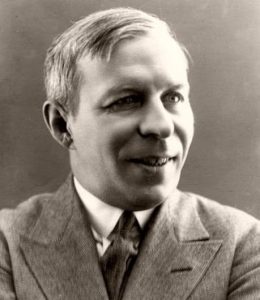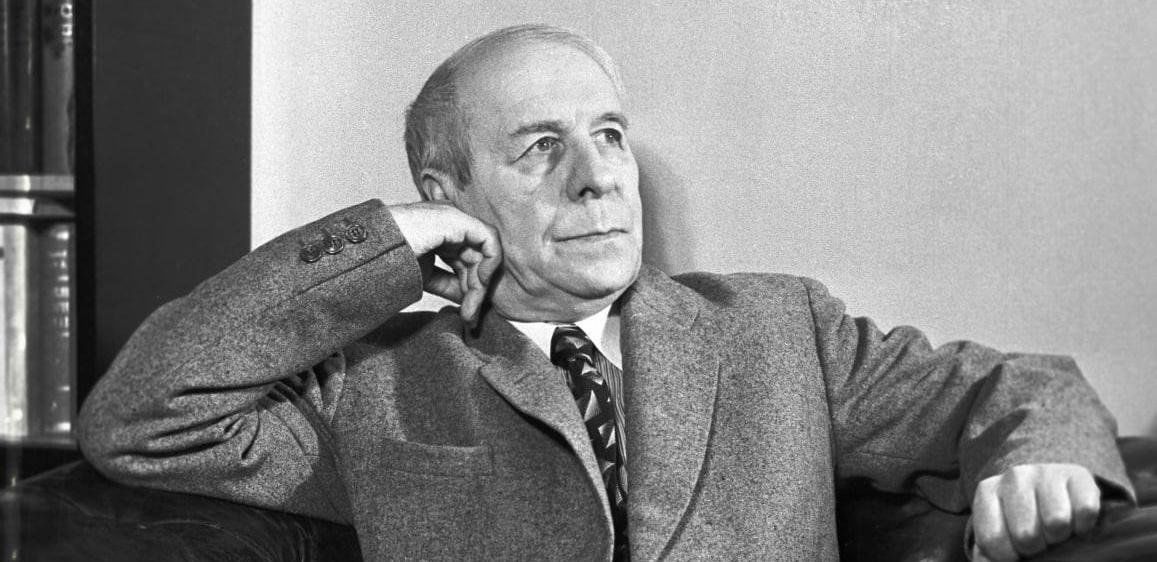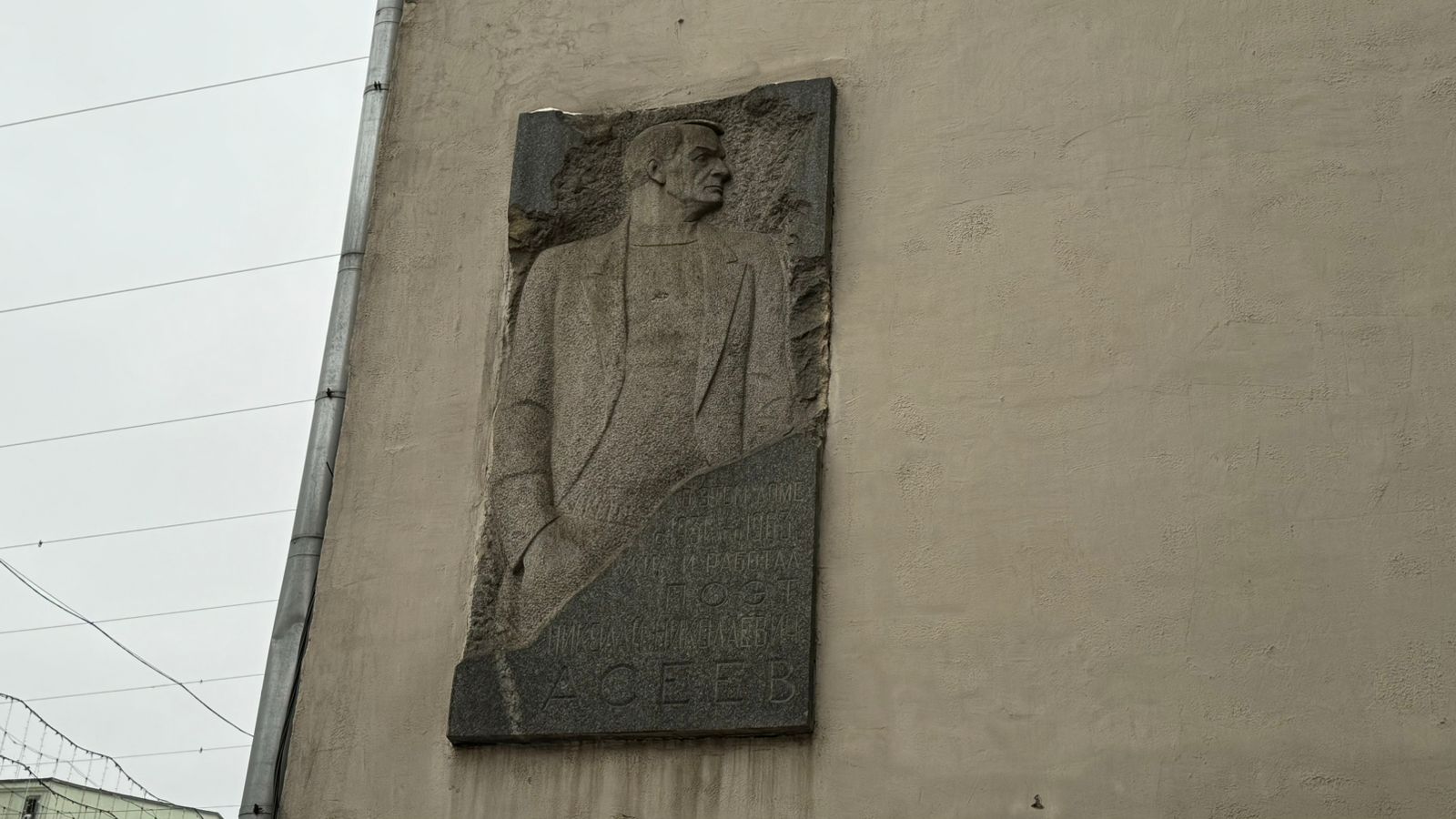Nikolay Nikolaevich
Aseev
1889-1963

Nikolay Aseev was a prominent Russian poet who was born in Lgov, the Kursk Governorate, into the family of an insurance agent. He spent his childhood and youth in an atmosphere that probably valued diligence and practicality, which did not prevent him from becoming interested in literature. After graduating from Kursk Real College in 1909 with a good foundation, he moved to Moscow to continue his education at Commercial Institute. His thirst for knowledge, however, led him to attend lectures at the Faculty of Philology at Moscow University to better understand literature. His first collection of poems, entitled “The Night Flute” was published in 1914 and immediately caught the attention of literary circles. Aseev’s early works show a significant influence from modernist trends, especially symbolism and futurism. He emphasized in his memoirs that the works of A. K. Tolstoy and N. V. Gogol played an important role in shaping his style. Aseev admired the piercing satire and deep imagery of these authors. One of the main features of Aseev’s poetry was his interest in Russian history and Slavic mythology. This interest brought him closer to Velimir Khlebnikov, who shared Aseev’s ideological and aesthetic views. However, Aseev also experimented with language, striving for a unique style that sometimes led to “excessive” metaphors. Friendship with Vladimir Mayakovsky played an important role in Aseev’s life and career. Their relationship was not only a source of inspiration for his poetry, but also a point of contact for their ideas. During the Russian Civil War, Aseev was stationed in the Far East, and in Vladivostok in 1921 he published his first post-revolutionary collection, “Bomba”, which reflected the new reality and revolutionary worldview of the time. In the years that followed, in the 1920s and 1930s, Nikolai Aseev was actively working in the genre of poetry, creating several works that have become part of the history of Russian literature. Among them are “Twenty-Six” (1924), “Lyrical Digression” (1924), and “Semyon Proskakov” (1927-28). His most famous work, “Mayakovsky Begins”, was published in 1939 and 1950. Aseev’s career spanned more than half a century and ended with the publication of the collection “Lad”. This collection became a brilliant culmination of Aseev’s lyrical talent and left a significant mark on Russian poetry. In addition to his poetry, Aseev also made significant contributions to the theory of verse, exploring the issues of tradition and innovation and laying the groundwork for future generations of poets. Aseev is remembered as an innovative poet who successfully combined traditional forms with avant-garde ideas, reflecting the complex and often contradictory spirit of his time.
Address: Moscow, Kamergersky lane, 2

